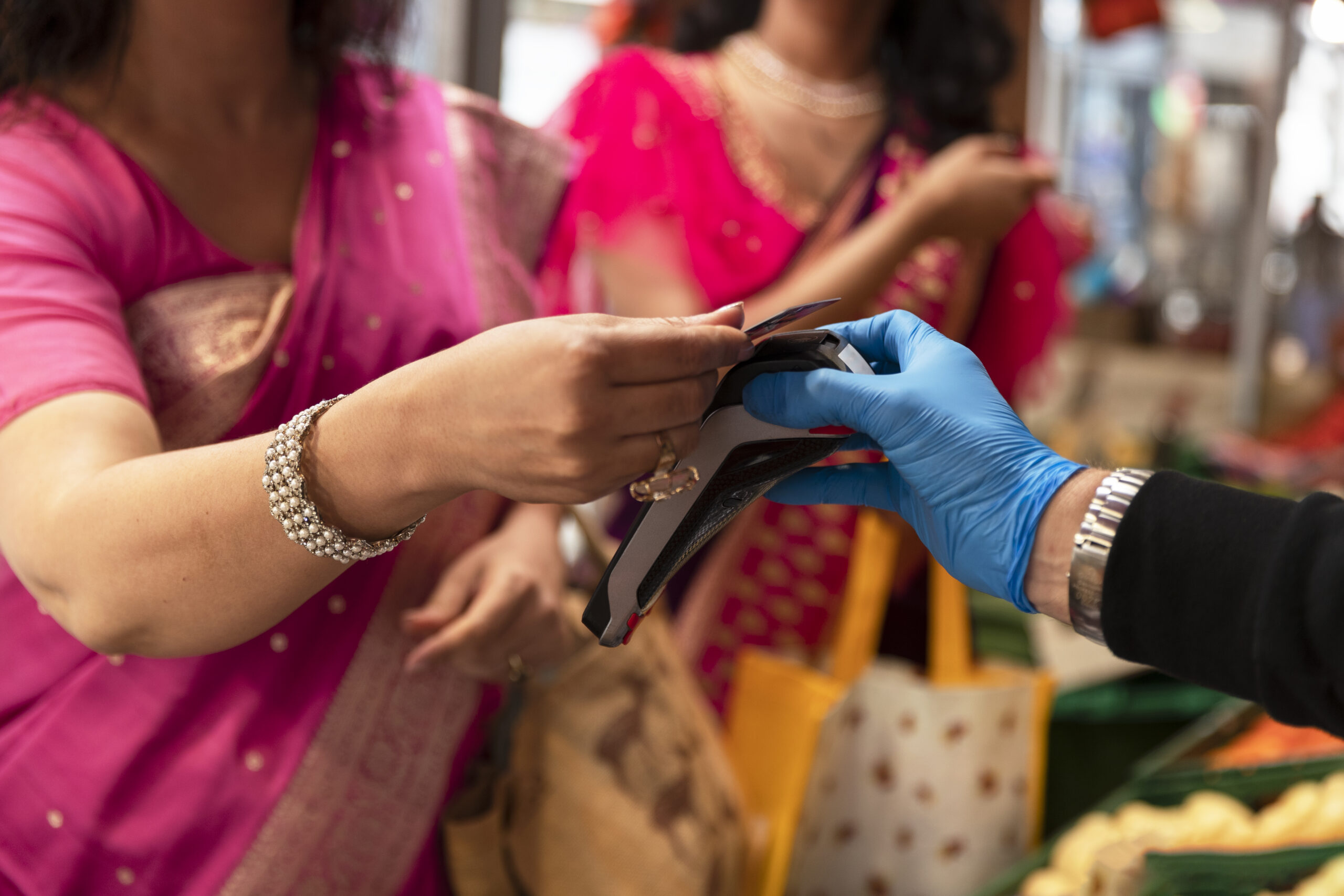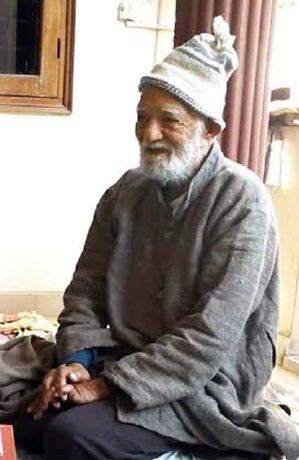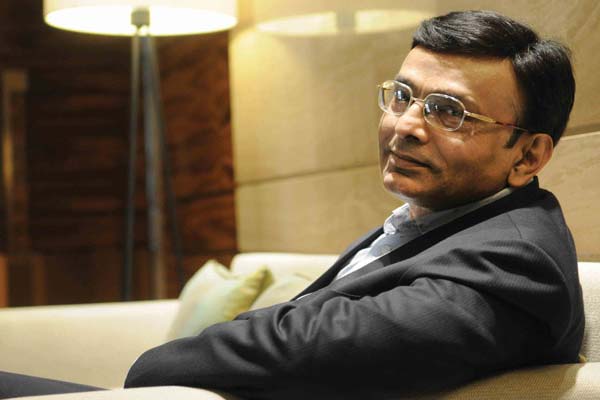There is something happening with gold, especially in India. At the one extreme, negative in nature, the country’s central bank has highlighted risks related to loans against gold, warned lenders, and changed policies. At the other is the positive, the frenetic rise in gold prices, although with a bit of volatility. In between, there is the phenomenal rise in the volume of gold loans. A recent PwC report indicates that the Indian organized market for gold loans will double to more than Rs 14 lakh crore in five years.
Warnings and extra curbs by a central bank dampen the spirits of both lenders and borrowers. In the recent past, the Reserve Bank of India (RBI) clamped down on one of largest lenders against gold, increased monitoring of the loans against gold (capped at 75% of the collateral’s market value), prescribed a ceiling of Rs 20,000 on cash loans, and heightened regulatory scrutiny. The PwC report speculated that this may dampen the mood, and the gold loan market is “poised to see moderate growth over the next two years.”

Obviously, this is not the case, as is evident from latest trends. Many Indians, who hold 25,000 tons of gold, valued at Rs 126 lakh crore, according to PwC, now convert them into ready-to-use cash through loans. One reason is the price boom. As price moves northwards, one can get more money against the same quantity of gold. Second is the ease with which gold loans are available, including online platforms. The third is that interest on gold loans are lower than personal loans, or loans from local moneylenders, or other informal sources.
But there may be other, hidden, invisible, under-the-radar stories hidden behind the boom in the gold loans. While some of these narratives underscore positive trends in the personal finance ecosystem of Indian households, especially in small towns and villages, others portend underlying distress that is plaguing them. The gold loan tale is both about how people’s lives are changing for the better, and how their experiences are being impacted by several exigencies and emergencies. It is good and bad news, to celebrate, and to fear, dread, and be scared about.
The hectic growth is not just due to new customers, or multiple and sequential ones. It is because of a shift from the unorganized sector (moneylenders, pawnbrokers, and informal lenders) to organized one (NBFCs and banks). This hints at growing financial literacy, and the tendency to use formal channels, which are safer, less exploitative, and regulated to reduce risks. Reports hint that the share of the organized segment has tripled to more than 30% of the overall gold loan market. This marks a huge step in financial inclusivity.
At the same time, most borrowings against gold are by micro and small enterprises, run by single owners, especially women in villages, towns, and small cities. The intense activity in the microfinance segment – people with small, but sustainable, businesses – is driven by formal channels. But since people resort to gold loans largely during distress, the higher volumes signal that these entrepreneurial operations, which form a sturdy foundation of a national economy, are in trouble. Thus, the economy stands on shaky grounds.
One can speculate that a combination of Goods and Services Tax (GST) and Covid wrecked the small and medium firms. GST forced them to either join the mainstream, or shut down, as many did, with their revenues hijacked by the larger firms. Covid resulted in cash flow problems, and an inability to pay back loans, apart from months of zero or minimal incomes. Lakhs of migrants left the cities, and their jobs, and had to depend on government doles, which vanished within a year or two. They found it difficult to bounce back.
Most families, whether they are in the poor, middle class, or upper classes, do not use gold to take loans for travel, festivals, marriages, and other occasions, or to buy expensive household assets. They do it when they are unable to return previous loans, especially from moneylenders, their incomes suffer (due to droughts in the case of farmers), or they have healthcare emergencies with which they cannot deal. Each of these reasons is worrisome and a matter of concern. It proves that despite decent GDP growth, people have not gained.
Consider another fact. A higher proportion of gold loans exist in the southern states. This can indicate two trends. The first is that since gold holdings, mostly as jewellery, are common in South India, people there have acquired the financial acumen to use them as assets, rather than let them lie unproductively at homes, and in bank safes and vaults. Simultaneously, it may imply that the financial stress levels are higher in these states, as compared to those in the North, or the former do not have other assets to pawn.
Yet another double-edged, sharp, and biting fact. Most people, who pledge gold to get loans or cash, are repeat customers. At one level, this may mean that they are confident of paying the loans, even if interest is high, and have done so successfully in the past. It may also indicate that these households have a tendency to wade from one difficulty to another, and have no recourse but to pledge their gold reserves again and again. Repetitive troubles do not augur well for the states and Centre’s welfare and growth policies.
Gold loans are a different, though untested, barometer to gauge the health of an economy like India, where the bullion is a preferred and forced asset to save for a rainy day. Policy makers, bankers, economists, academicians, and Civil Society may find it enlightening to analyse this phenomenon more carefully.
Alam Srinivas is a business journalist with almost four decades of experience and has written for the Times of India, bbc.com, India Today, Outlook, and San Jose Mercury News. He has written Storms in the Sea Wind, IPL and Inside Story, Women of Vision (Nine Business Leaders in Conversation with Alam Srinivas),Cricket Czars: Two Men Who Changed the Gentleman's Game, The Indian Consumer: One Billion Myths, One Billion Realities . He can be reached at editor@gfilesindia.com






























































